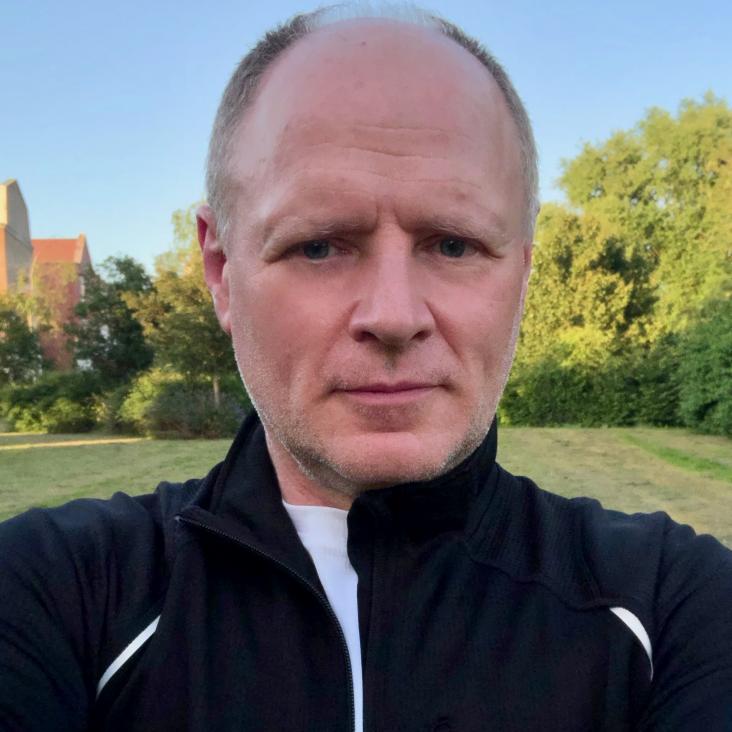Heavy Dark Matter Through the Higgs Portal
ArXiv 0801.3440 (2008)
Abstract:
Motivated by Higgs Portal and Hidden Valley models, heavy particle dark matter that communicates with the supersymmetric Standard Model via pure Higgs sector interactions is considered. We show that a thermal relic abundance consistent with the measured density of dark matter is possible for masses up to $\sim 30\tev$. For dark matter masses above $\sim 1\tev$, non-perturbative Sommerfeld corrections to the annihilation rate are large, and have the potential to greatly affect indirect detection signals. For large dark matter masses, the Higgs-dark-matter-sector couplings are large and we show how such models may be given a UV completion within the context of so-called "Fat-Higgs" models. Higgs Portal dark matter provides an example of an attractive alternative to conventional MSSM neutralino dark matter that may evade discovery at the LHC, while still being within the reach of current and upcoming indirect detection experiments.Resonant particle production in branonium
ArXiv 0711.0658 (2007)
Abstract:
We study the mechanism of particle production in the world-volume of a probe anti D6-brane (or D6 with SUSY breaking) moving in the background created by a fixed stack of $D6$-branes. We show that this may occur in a regime of parametric resonance when the probe's motion is non-relativistic and it moves at large distances from the source branes in low eccentricity orbits. This leads to an exponential growth of the particle number in the probe's world-volume and constitutes an effective mechanism for producing very massive particles. We also analyze the evolution of this system in an expanding universe and how this affects the development of the parametric resonance. We discuss the effects of transverse space compactification on the probe's motion, showing that it leads to the creation of angular momentum in a similar way to the Affleck-Dine mechanism for baryogenesis. Finally, we describe possible final states of the system and their potential relevance to cosmology.Warped deformed throats have faster (electroweak) phase transitions
Journal of High Energy Physics 2007:10 (2007)


